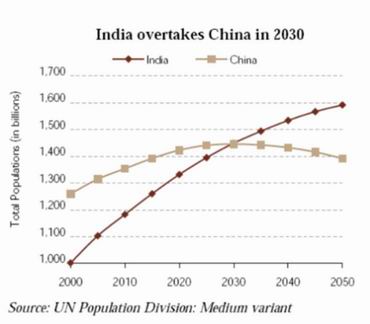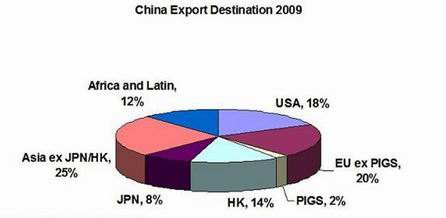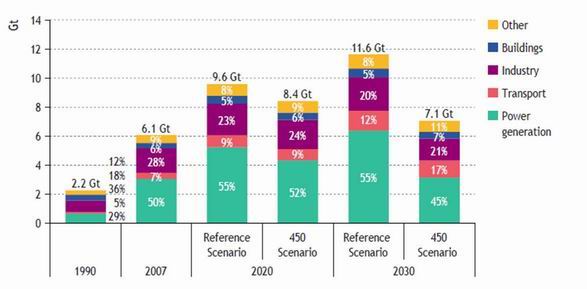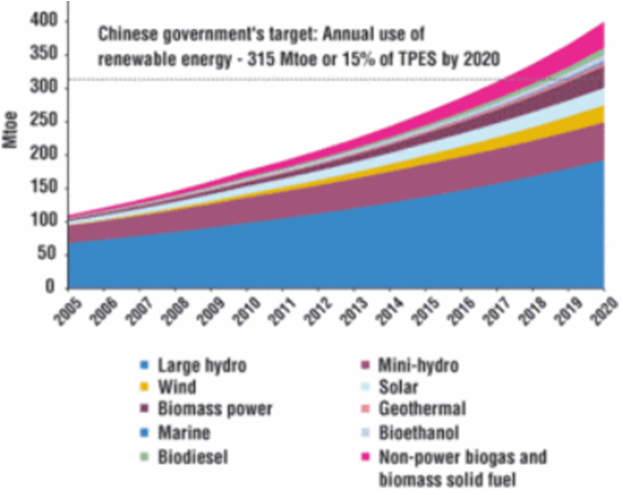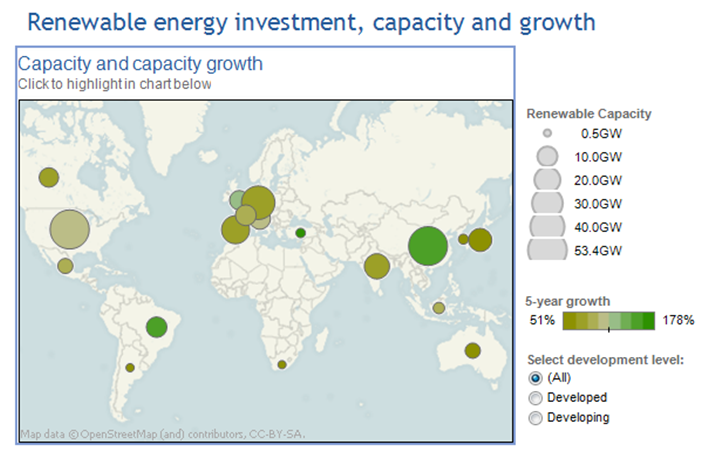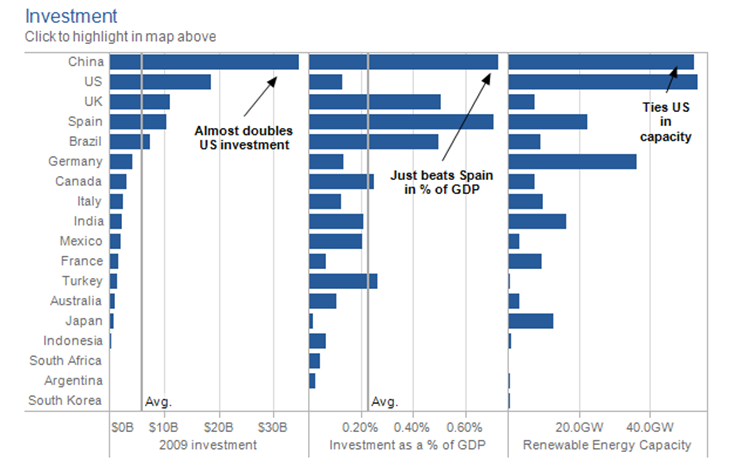Difference between revisions of "Increasing Commitment from China"
| Line 28: | Line 28: | ||
[[File:Global renewable capacity.png]]<br><br> | [[File:Global renewable capacity.png]]<br><br> | ||
[[File:Global renewable investment.png]]<br><br> | [[File:Global renewable investment.png]]<br><br> | ||
==Web Resources:== | ==Web Resources:== | ||
| Line 38: | Line 36: | ||
[http://www.ren21.net/globalstatusreport/REN21_GSR_2010_full.pdf Renewable 2010]<br> | [http://www.ren21.net/globalstatusreport/REN21_GSR_2010_full.pdf Renewable 2010]<br> | ||
[http://www.rand.org/pubs/monograph_reports/MR1244/MR1244.ch2.pdf Energy demand and supply in China]<br> | [http://www.rand.org/pubs/monograph_reports/MR1244/MR1244.ch2.pdf Energy demand and supply in China]<br> | ||
Revision as of 11:40, 26 August 2010
Description:
During the meeting held in copenhagen, China presented his ambition to reduce green gas emission. Since China is going to become the largest economies in the world, which means China will also face several environmental issues in the future.
Enablers:
1.Increasing water scarcity in China
2.Desertification of China
3.The central government has absolutely power (policy opportunity)[1](p49)
4.EU is the second large export partner for China[2]
5.China wants to have more international exposure, for example China held 2008 Olympic and 2010 World Expo
6.Civil society groups and non-governmental organizations (NGO) might be no longer banned in China
7.BASIC countries alliance.[3]
8.Green technology development[4]
Inhibitors:
The population in Chian is still growing by 2020
The increasing household number in China by 2020
The increasing business activities in China by 2020
The lack electricity
The increasing transportation demand
The increasing urbanization rate
The increasing oil consumption[5]
Paradigms:
Web Resources:
Foreign trade between EU and China
Can China be green by 2020?
The future of carbon intensity in China economy
New Energy Finance
Renewable 2010
Energy demand and supply in China
